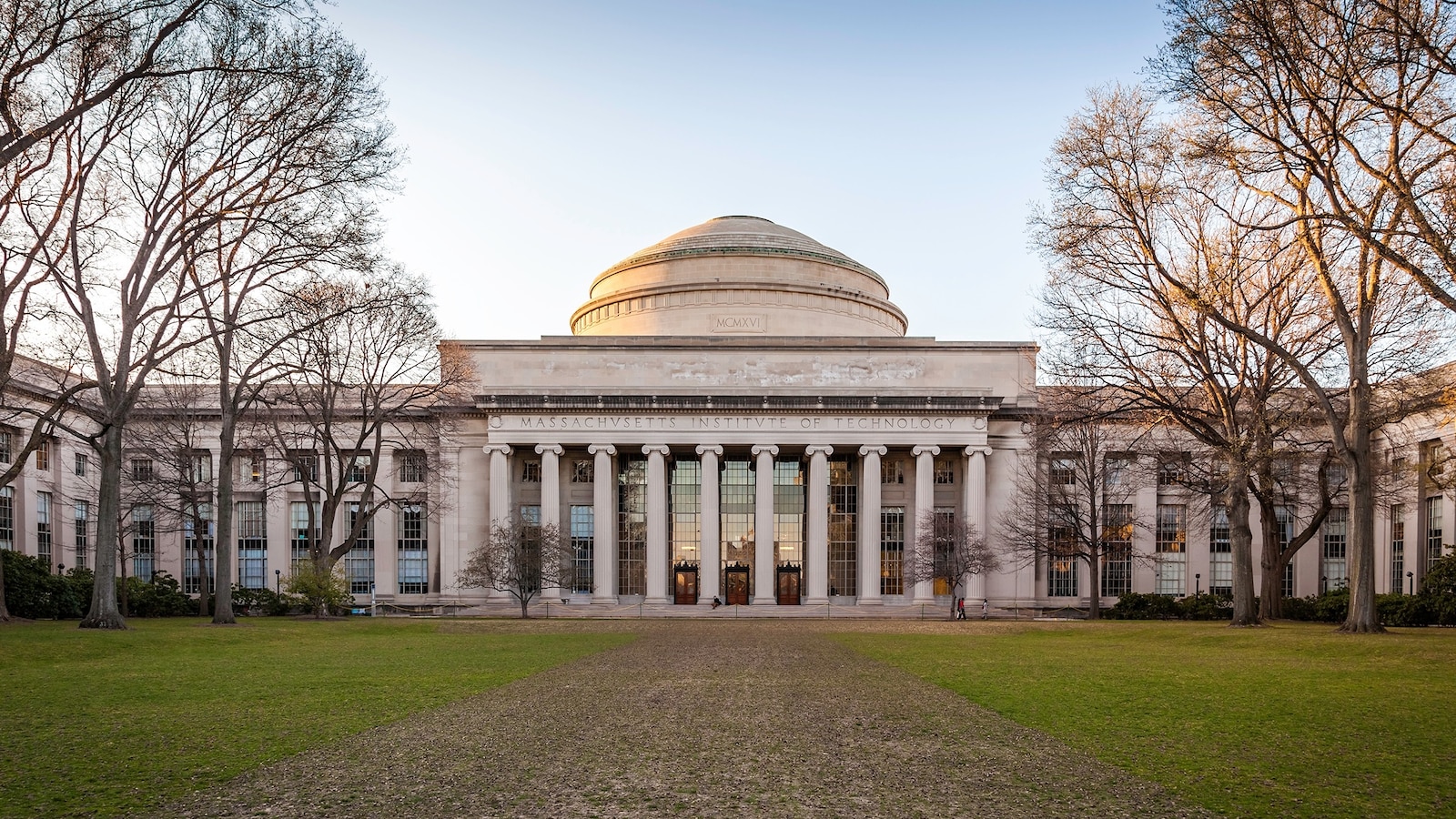Colleges and universities are seeing mixed results in the diversity of their incoming freshman classes after the Supreme Court set new limits on the use of affirmative action in college admissions.
For example, the Yale University class of 2028 saw no difference from the class of 2027 when it came to the percentage of African American students and Native American students. The Hispanic/Latino and International student populations remained roughly the same, dropping and rising, respectively, by 1%. However, the Asian American population dropped by 6%, the white population rose by 4%.
When comparing Massachusetts Institute of Technology’s class of 2027 to 2028, the Black population dropped from 15% to 5%, the Hispanic/Latino population dropped from 16% to 11%, and the white population decreased by 1%.
The Asian American population increased from 40% to 47% and both the American Indian/Alaskan Native and international populations increased by 1%.
Affirmative action policies allowed institutions to take into account an individual student’s race or ethnicity as one factor of many during the college admissions selection process. It rose to popularity in the 1960s to address racial inequities in access to higher education.
A student at a university campus.
STOCK PHOTO/Adobe Stock
Researchers previously told ABC News that societal injustices – such as economic inequality, segregation and academic inequity in K-12 schools – as well as the lasting impact of historical exclusion from colleges and universities against Black and brown students have led to the continued underrepresentation in four-year institutions.
A landmark Supreme Court ruling in 1978 – in the case of Regents of the University of California v. Bakke – cemented affirmative action policies in college and university admissions for decades and led to an increase in diversity on campuses.
However, the 2023 decision by the Supreme Court sided in part with Students for Fair Admissions, a conservative group that challenged race-related admissions policies. Members argued that the affirmative action policies at the schools were discriminatory against white and Asian students.
Now, as a new class of students head back to campus, many are looking at how schools might feel the impact of the required policy change.
Here’s a look at the difference in student diversity at several other institutions that have published their class breakdown:

Yale University campus.
STOCK PHOTO/Adobe Stock
Princeton University saw a decrease in its Asian population and International incoming populations, both of which dropped by about 2%. The Black or African American incoming population saw a .1% dip, and the Hispanic/Latino population saw a 1% dip.
However, at least 7.7% of the class’ racial or ethnic identity is unknown. Princeton did not publish the percentage of white students in its class of 2027, but noted that 31.3% of students in the class of 2028 are white.
Amherst College in Massachusetts reported larger drops in the Black and Latinx incoming student population. The incoming Black student population decreased from 19% to 9% and the Latinx population decreased from 14% to 10%, the American Indian or Alaska Native incoming population dropped by 1%.
The percentage of white students rose by 2% and the Asian student percentage increased by 1%.
